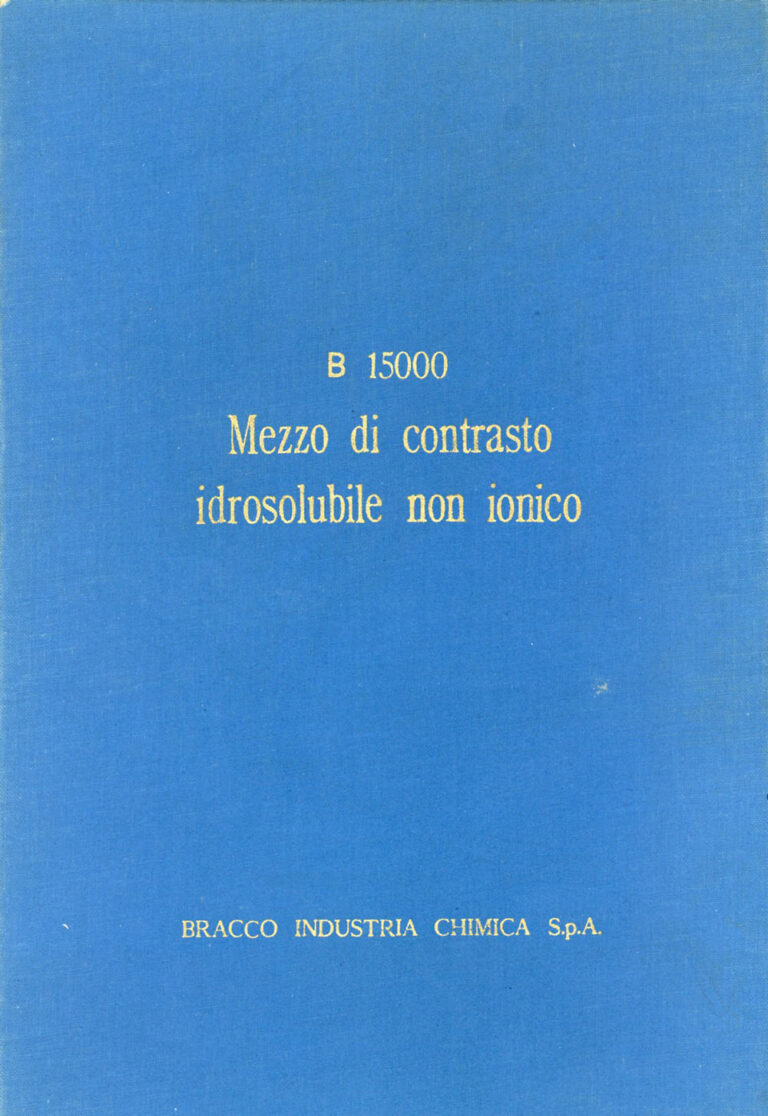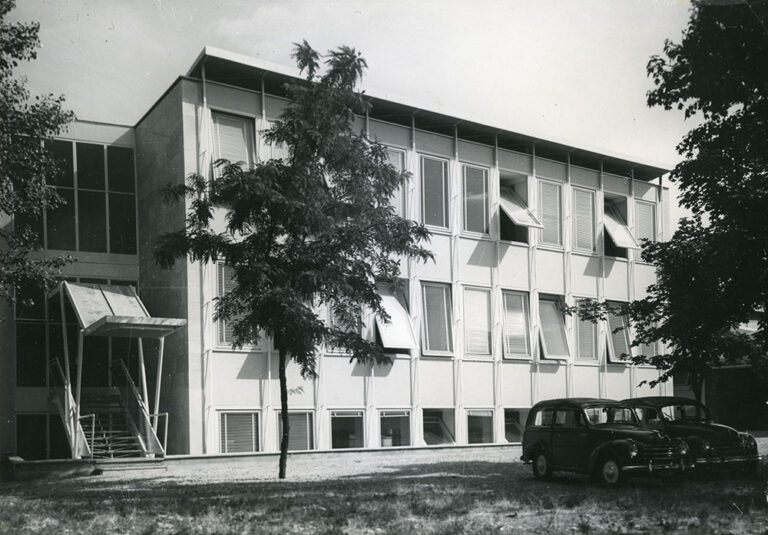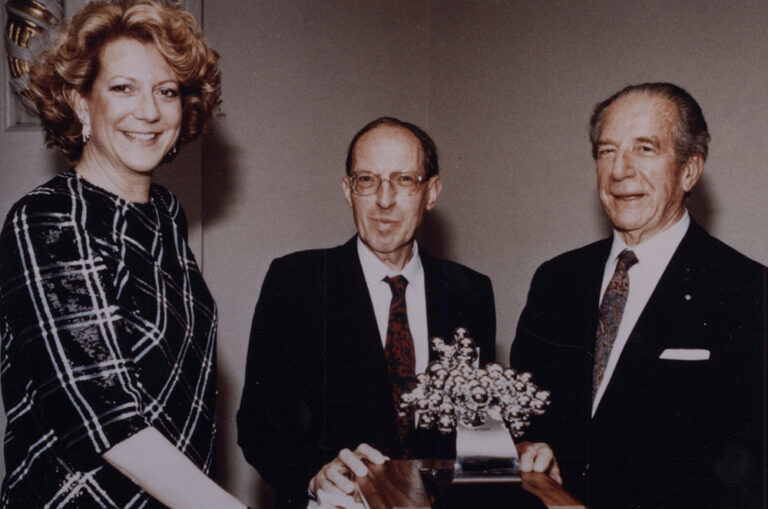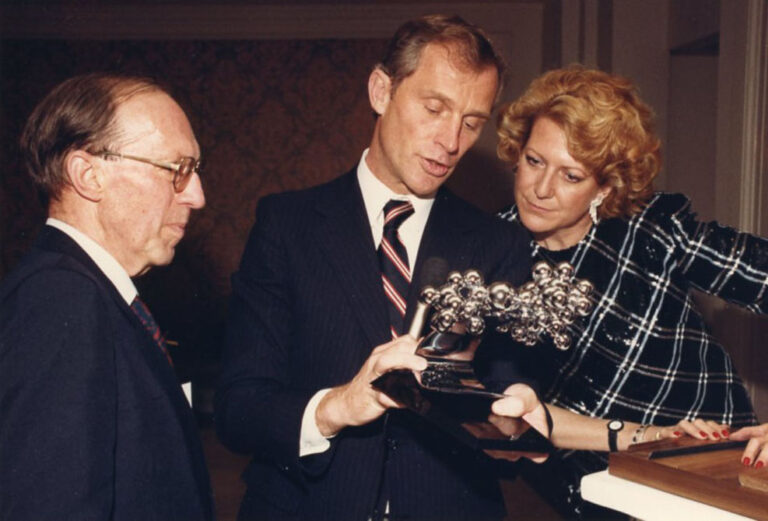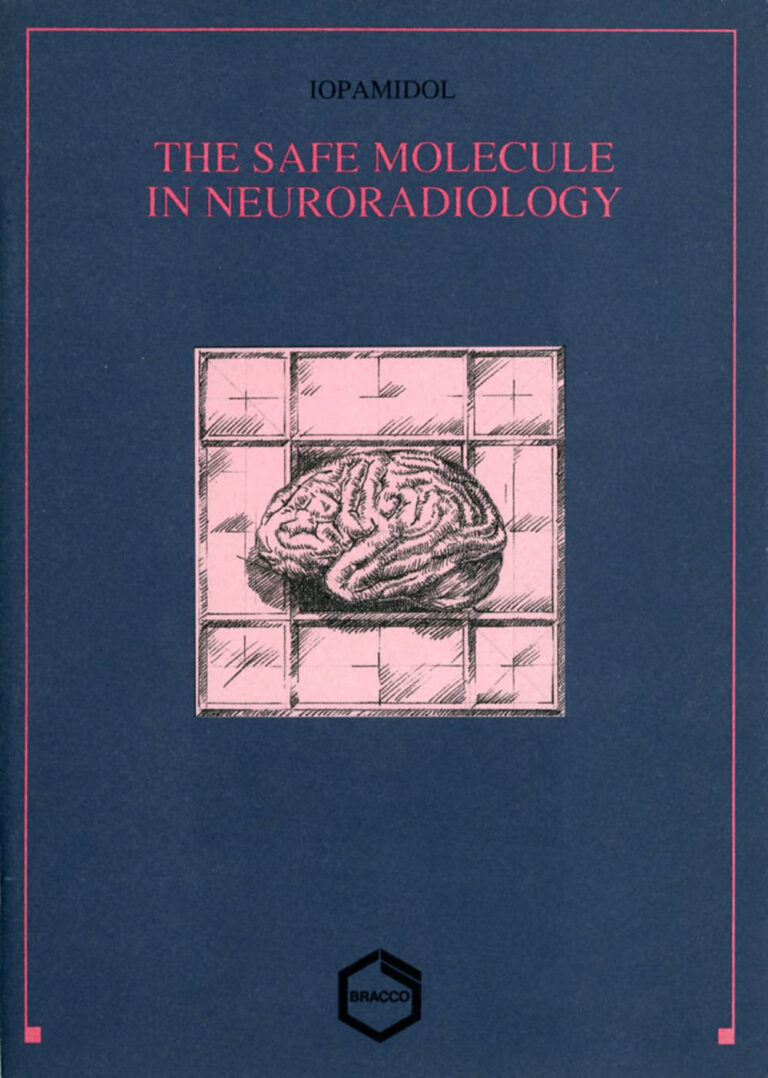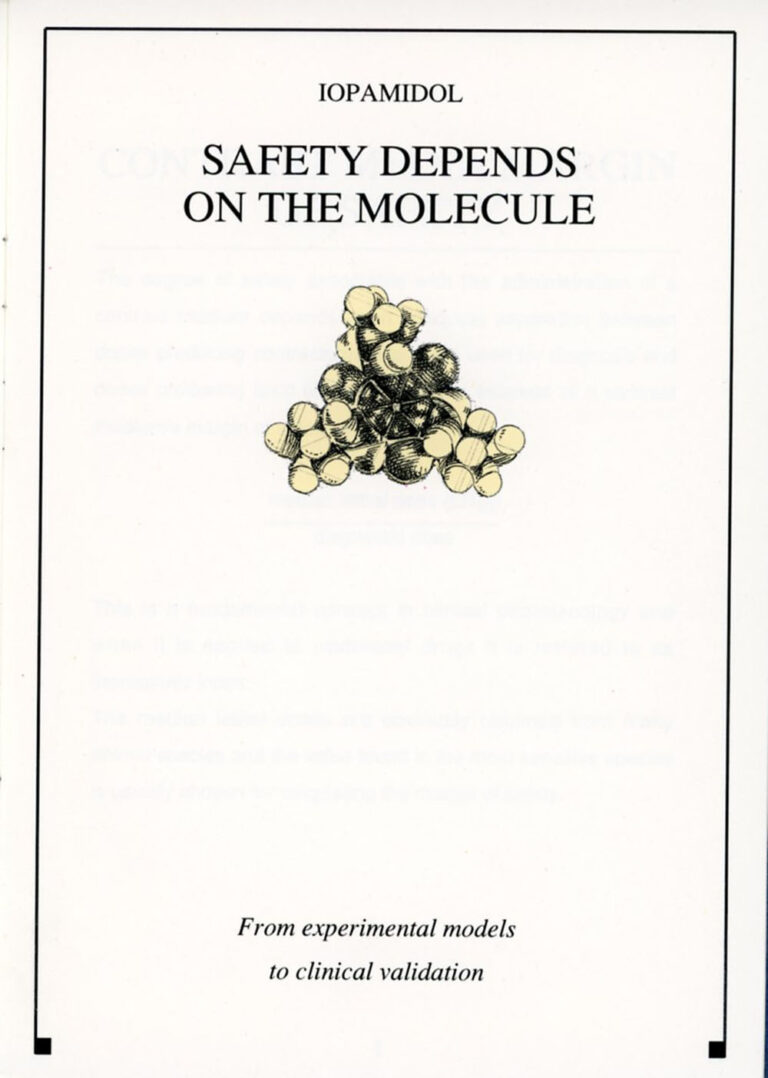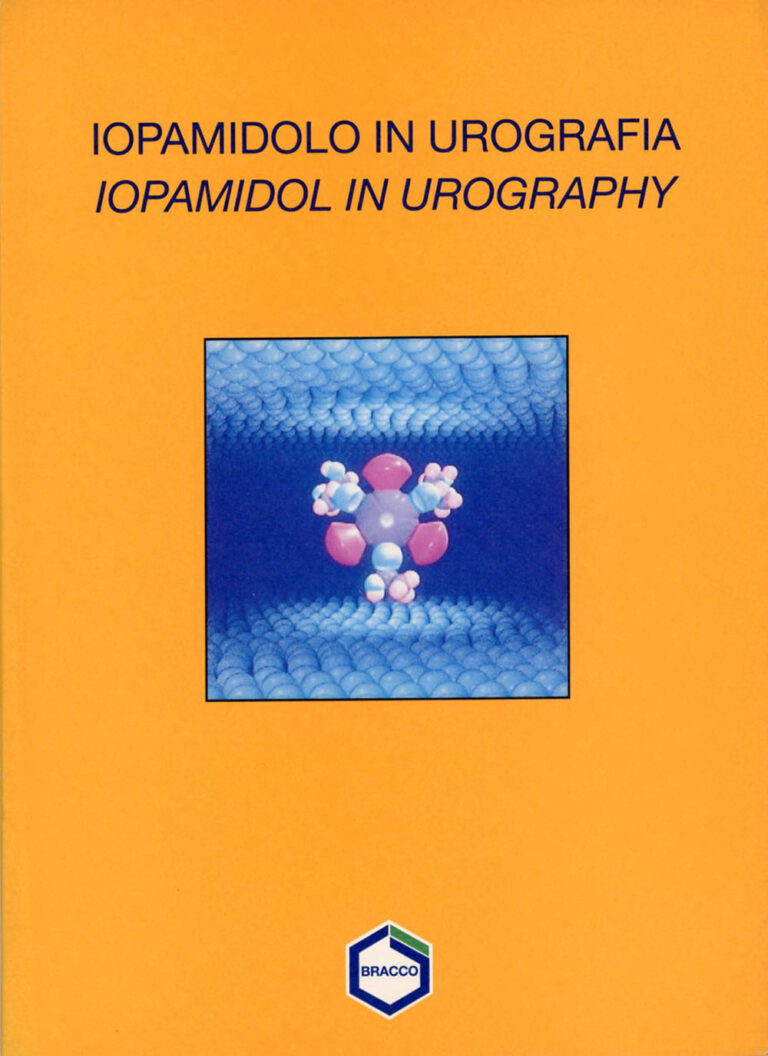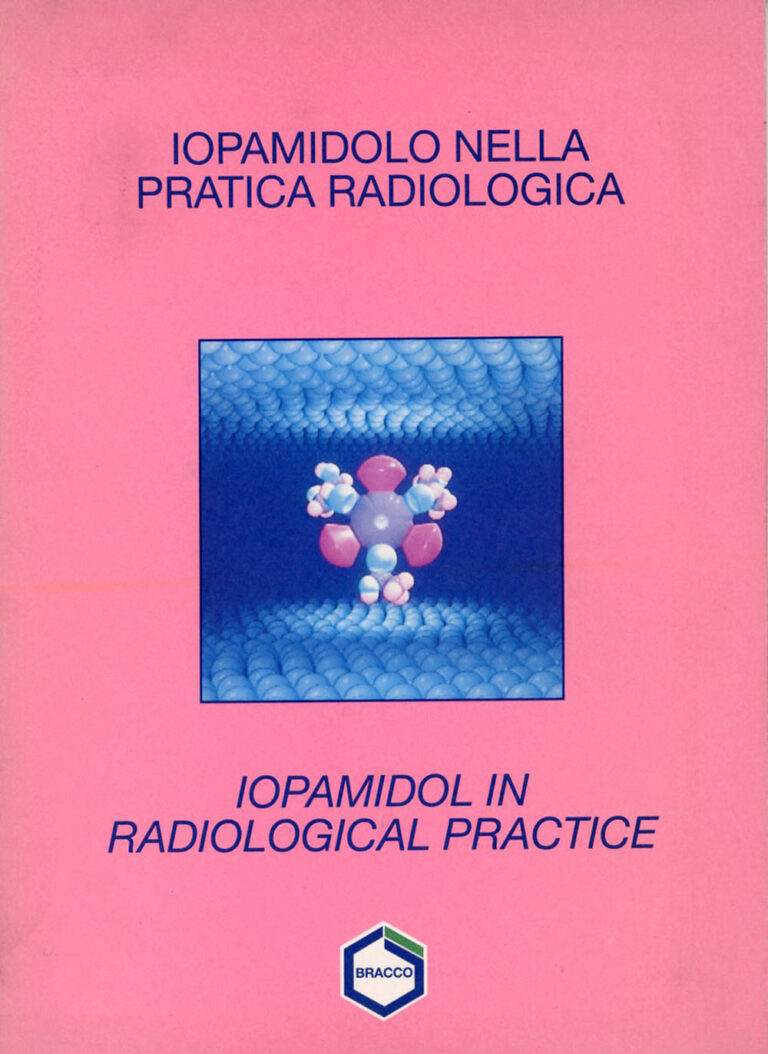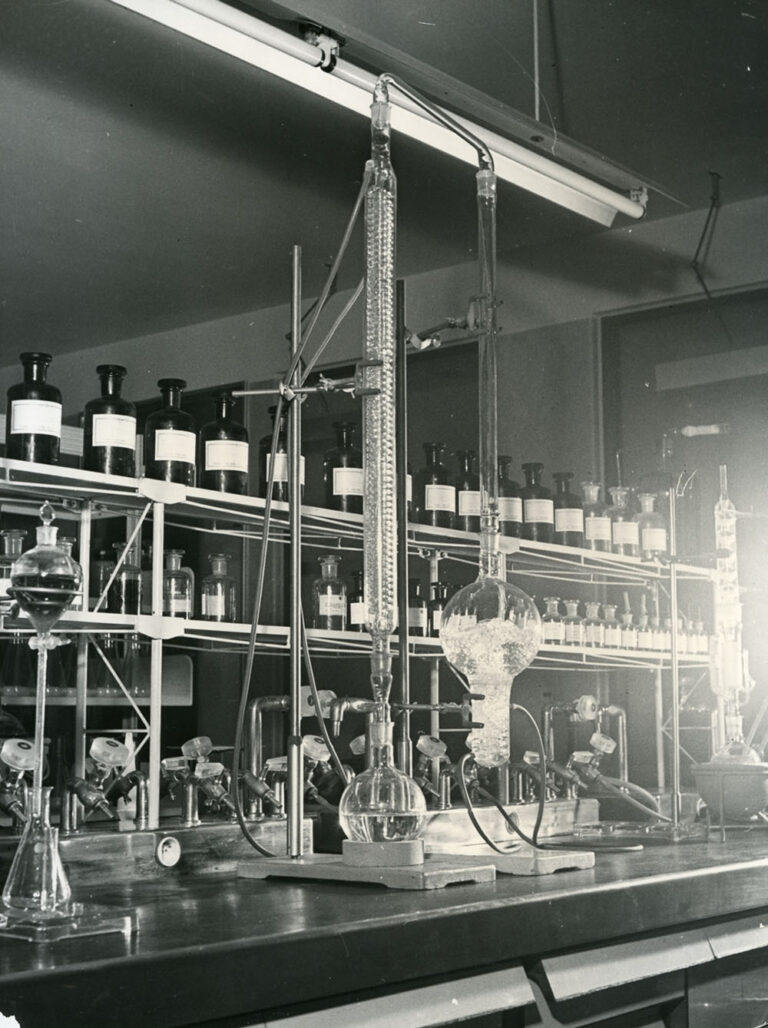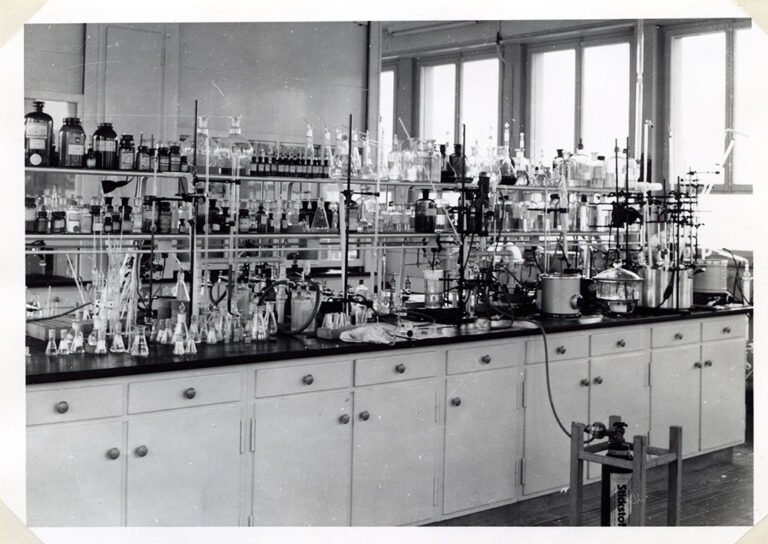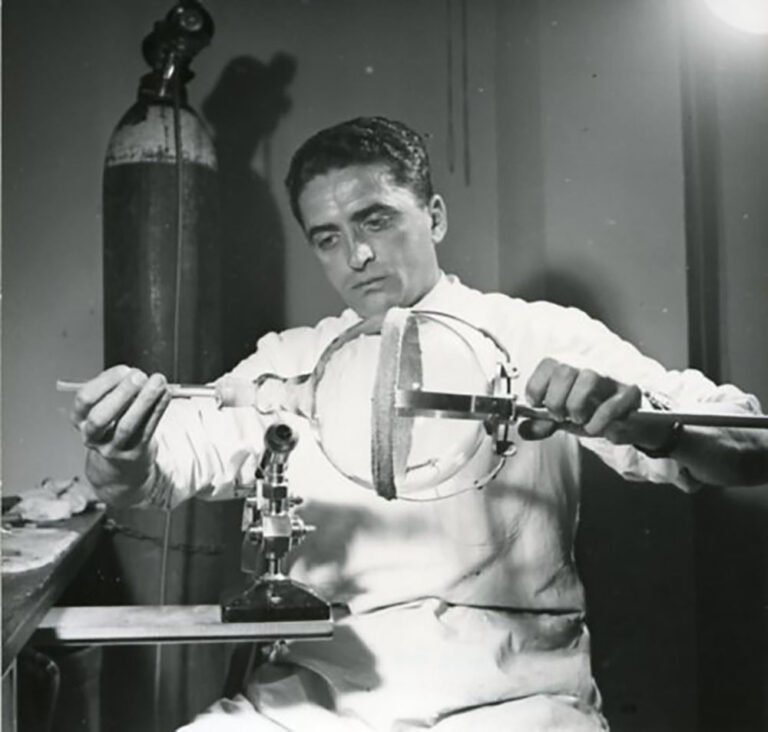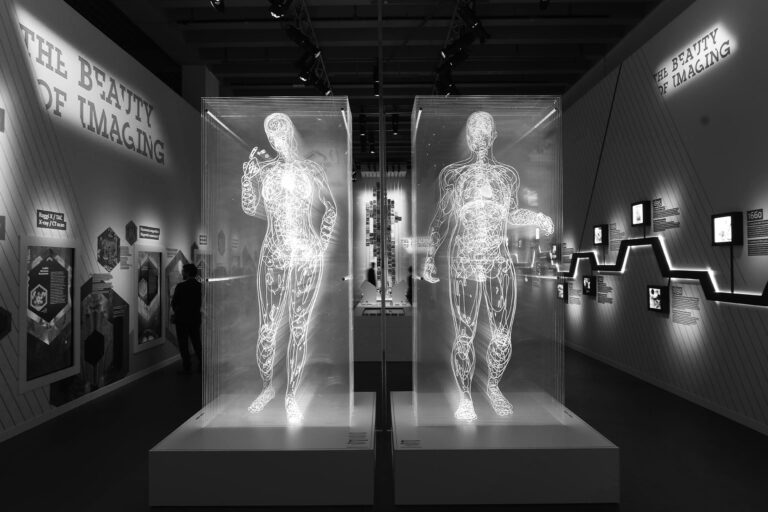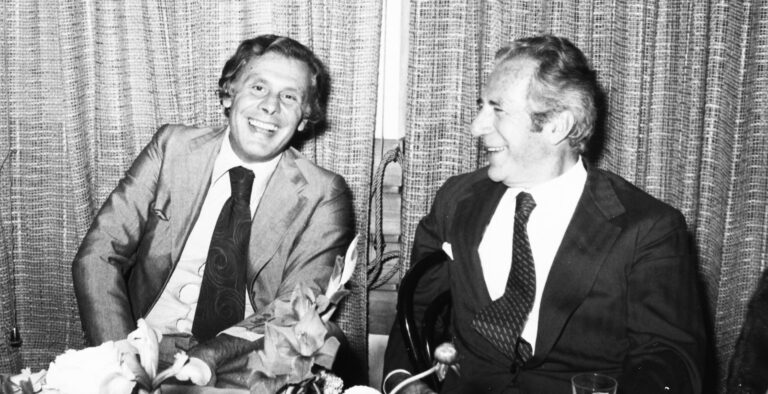
In the epic of Bracco, there is a magical word, which in reality holds nothing magical: Iopamidol (B15000). A revolutionary molecule that changed the history of diagnostics. A pharmaceutical that has saved millions of people’s lives. It took more than ten years of work to get there. Starting from the 1950s, focusing on research becomes a veritable “obsession” for Fulvio Bracco – a true business credo passed down through generations. Unsurprisingly, many years later speaking about Marie Curie, the first woman to receive the Nobel Prize, his daughter Diana, the third generation who currently runs the company, will say, “Research is our past and our future. Today’s discoveries, in all fields of science, will change our tomorrow. Marie Curie is one of my heroes because I believe that carrying out research is a worthwhile job, but at the same time also challenging because of the uncertainty of the outcomes.
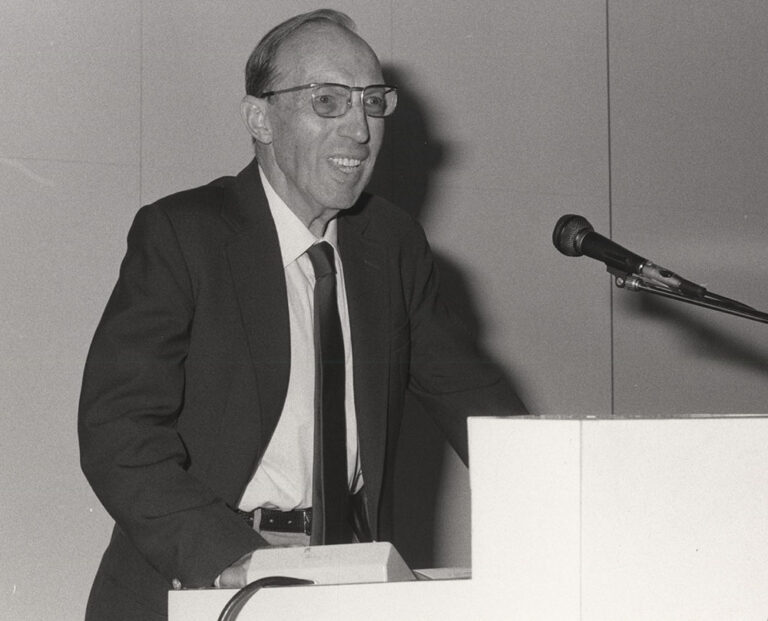
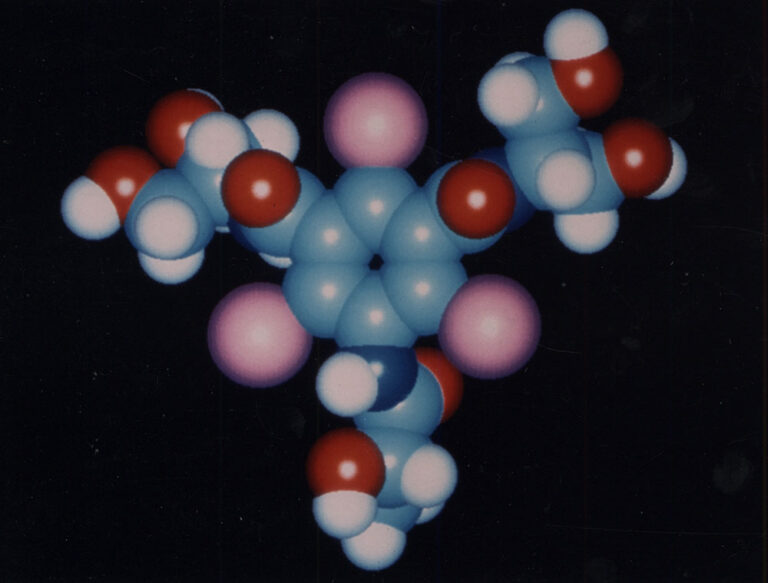
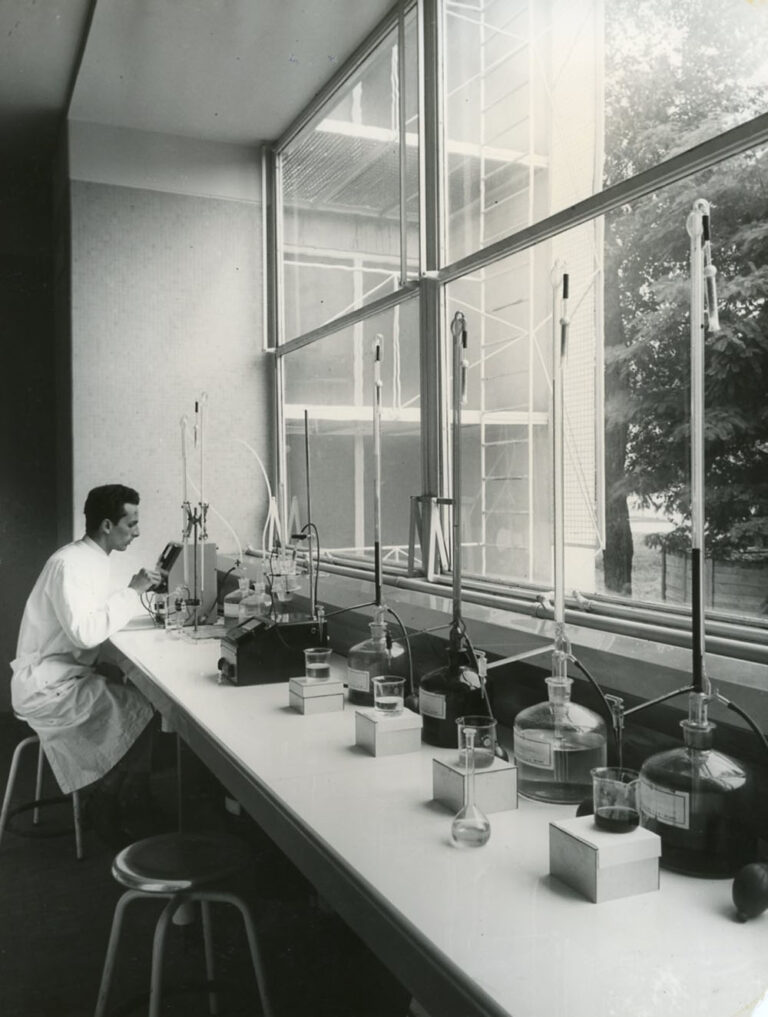
Iopamidol is one of the crown jewels of the whole Bracco R&D history. It is an innovative molecule with high tolerability. A ready-to-use, safe, non-ionic contrast agent; in other words, it is the drug that enabled us to “look inside” painlessly. It was a pivotal change for medical radiology. “Before Iopamidol,” recounts the President and CEO of the Group, “patients really suffered on the angiography bed when they were injected with contrast solutions that had an osmolarity 5 to 6 times greater than the plasma. You can imagine a similar pain thinking of the irritation salt water causes the eyes when swimming in the sea or the burning sensation caused by salt in a wound. The clinical development of Iopamidol was marked by a series of communications between radiologists, surprised by what they found: patients were no longer complaining of pain and they barely noticed that something was being injected. There were very few adverse reactions, and those were typically minor.
Launched on the market in the early 1980s, Iopamidol remains the gold standard for the entire international scientific community.
Since then, Bracco research has never stopped, as evidenced by the many innovative products for Magnetic Resonance, Ultrasound, Radiomics and Nuclear Medicine.
